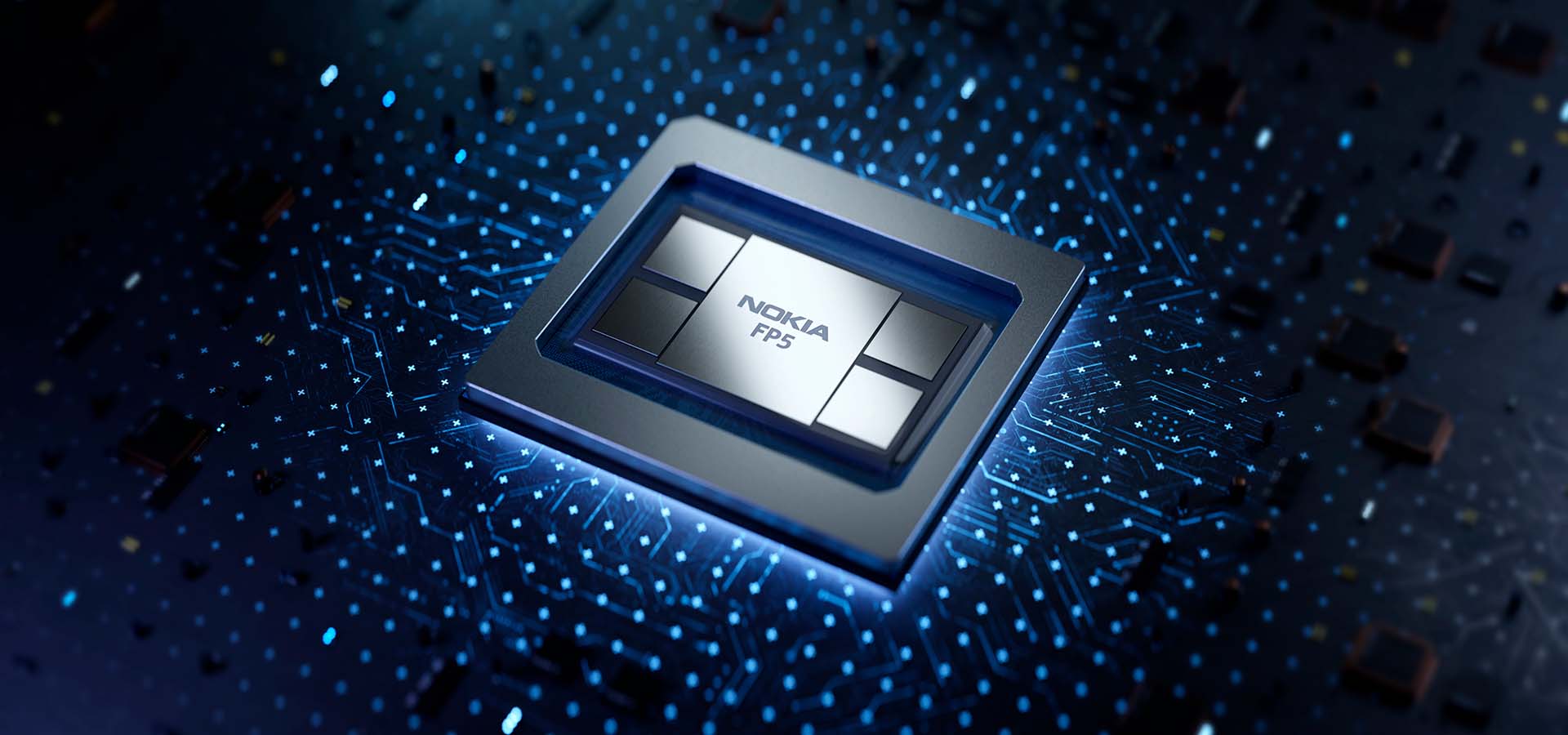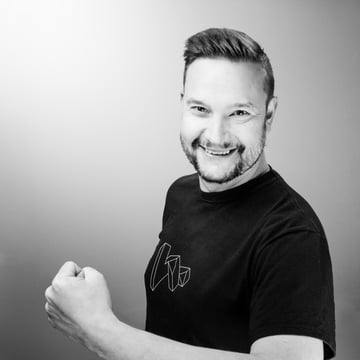Launching silicon innovation in a virtual world - Nokia

Starting point
Nokia planned to launch a next-generation network processor at a hybrid event in New Orleans in fall 2021. The project ramped up in early June 2021, leaving four months over the summer holiday season in which to complete the design and production phases. However, the COVID-19 situation worsened and it was decided that the event was to take place entirely online. This pivot from a physical event to a completely virtual event put exceedingly high pressure and expectations on the team. The contents of the launch would have to be unprecedentedly impressive.
The customer's challenge was to design a product launch that would be engaging and visually appealing virtually to supersede a physical experience, while effectively presenting the benefits of their new technology. The product launch was aimed at two distinct audiences – industry experts and customers – and the content would need to appeal credibly to both.
Nokia needed a partner on which it could entirely rely during the hustle of the launch. In other words, the partner was required to understand the visual needs, offer ideas and have the initiative to bring the production launch forward. Valve’s VFX team had already been involved in the launch of Nokia's previous network processor and, based on that, trust and collaboration were naturally found for this project too.
Proposed solution
The collaboration with Nokia started with Valve getting to know the new product features and the content list of the launch event. Following the introduction, an overall visual theme, storyboard scripts, and detailed schedule plans were created. After that, the Valve VFX team was responsible for designing and implementing all visual elements of the launch and producing the videos in their entirety.
The launch video was a critical production item of the launch as it served as it inspired the other digital content for the event such as virtual props and background visuals for the launch event’s keynote presentations.
In storytelling, 3D animation was used to create photorealistic product images and to illustrate the kinds of occurrences that happen with network processors e.g. What does a distributed denial-of-service (DDoS) attack look like? How can one protect against it? Valve also helped illustrate the tremendous growth of network traffic in the era of 5G technology and the things it enables—things that would have been difficult to illustrate by traditional video or photography.
Key activities
Project communication took place via video conferencing, as the client and the teams were all located in different countries: Canada, the United States, the United Kingdom, and Finland. Regular remote meetings were held twice a week to ensure fluent collaboration. In addition, the teams took full advantage of the time difference between Valve and Nokia. Work done in Finland could be presented at the evenings—just as the customer was beginning their working day.
In addition to regular meetings, an online platform connecting the remote teams was essential to the success of the launch materials. Miro, a virtual whiteboard, allowed different teams to share and update content including meetings notes, screenplays, and other plans. As all the shared material could be found from a single source, it became easy to manage the production's reviews and approvals.
Main achievements
The customer was very satisfied with Valve's seamless collaboration with all project teams, which led to a successful product launch.
The 3D visuals reached new heights, and have been used for many different purposes following the launch event. Some examples include Mobile World Congress in Barcelona in Spring 2022 as well as showrooms, numerous social media advertisements and even t-shirts.
Nokia had primarily been using stock imagery. However, the impressive 3D animation and other visual materials produced by Valve are signs of change. The storytelling possibilities offered by animation, and the almost unlimited freedom to create new material through different angles and slight variations, did not go unnoticed by the client during this project. Thanks to Valve’s VFX team, 3D animation and visualization are now an integral part of Nokia's product marketing.
Key lessons and insights
When working with clients and teams from different cultural and corporate backgrounds, the importance of transparency and common practices must be emphasized. For instance, new tools and processes should always be learnt and implemented together with all teams at the beginning of collaboration. This way, unpleasant surprises can be avoided that, when escalated, may end up causing extra work for other parties. In addition, the Valve VFX team also wants to emphasize the importance of reserving enough time for each stage of the project.
Find more information about the Nokia FP5 silicon innovation.
Customer Quote
”A heartfelt thank you to all of you, the creative geniuses behind the announcement of our latest silicon innovation. It really does take a village to pull off such a launch and this one in particular had so many curveballs that truly made us all appreciate and put to test the mastering of the unexpected. Never could we have asked for a more agile and more power-efficient team! A virtual toast to all of you for bringing this over the line.”





